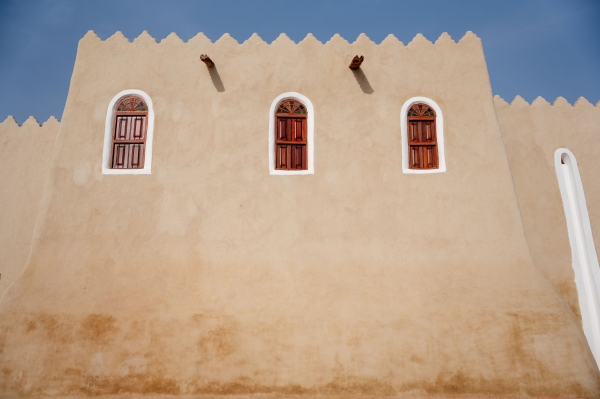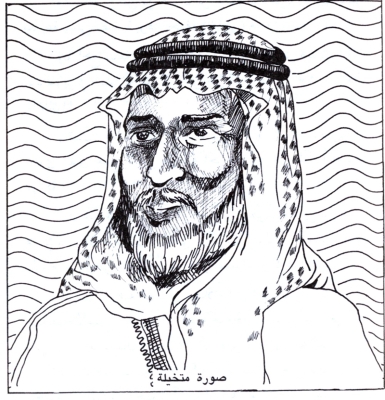
Ibrahim Bin Suleiman Bin Afaisan was one of the princes and military leaders during the era of the First Saudi State, which lasted from 1727 until 1818. He succeeded his father as the governor of al-Kharj and was later appointed as the governor of al-Ahsa in 1804, followed by his appointment as the governor of Unaizah, where he remained until his death.
Life of Ibrahim Bin Afaisan
The political role of Al Afaisan family dates back to the era of Imam Abdulaziz Bin Mohammed Bin Saud, the second imam of the First Saudi State. In 1776, Suleiman Bin Afaisan was appointed governor of al-Kharj. After his death in 1792, his son Ibrahim succeeded him as governor. Later, at the request of the people of Oman, Imam Abdulaziz Bin Mohammed sent Ibrahim as his representative to teach religious sciences. He established his base in al-Buraimi Oasis, becoming the first Saudi governor to carry out duties there in 1795. A palace was built for him, known as "al-Sabbara" or "al-Sabbara Fortress."
Engagements of Ibrahim Bin Afaisan
Following the incorporation of al-Ahsa into the First Saudi State, its political and economic significance as the maritime gateway to the Najd region made it a key territory. In 1804, Imam Saud Bin Abdulaziz Bin Mohammed, the third imam of the First Saudi State, transferred Ibrahim Bin Afaisan from the governorship of al-Kharj to al-Ahsa due to his military and administrative capabilities. His brother, Abdullah Bin Afaisan, succeeded him as governor of ad-Dilam, remaining in office until the end of the First Saudi State.
During his tenure as governor of al-Ahsa, Ibrahim led several military campaigns against strategic locations in the eastern and northeastern regions of the Arabian Peninsula, achieving victories that expanded Saudi rule. He also defended the Saudi state against attacks from the east and north. He was later appointed governor of Unaizah, where he remained until his death in 1813.
Related quizzes
Related articles


